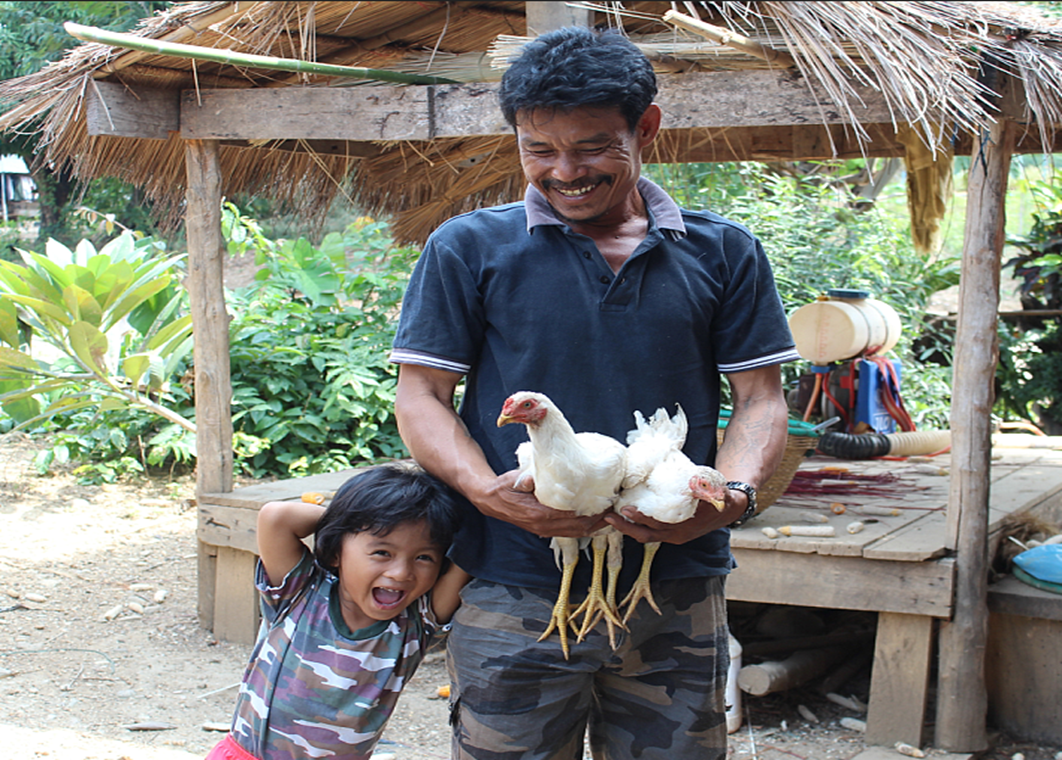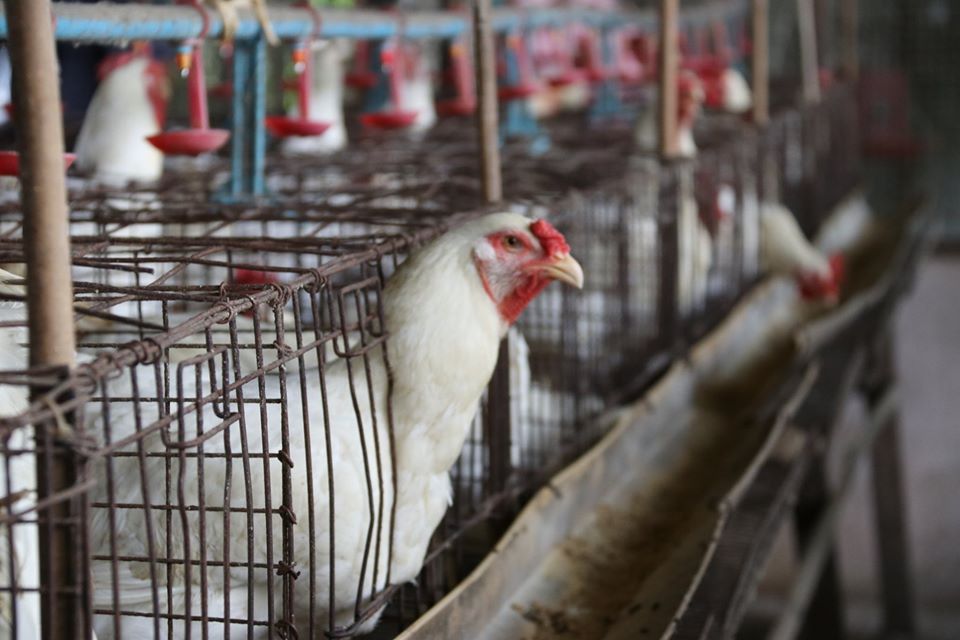Suhardi, Summpunn, P., Duangjinda, M., Wuthisuthimethavee, S. 2020. Phenotypic diversity characterization of Kalang and Thale Noi buffalo (Bubalus bubalis) in Indonesia and Thailand: Perspectives for the buffalo breeding development. Biodiversitas 21(11), pp. 5128-5137.
Buaban, S., Puangdee, S., Duangjinda, M., Boonkum, W. 2020. Estimation of genetic parameters and trends for production traits of dairy cattle in Thailand using a multiple-trait multiple-lactation test day model. Asian-Australasian Journal of Animal Sciences 33(9), pp. 1387-1399.
Kenchaiwong, W., Kananit, S., Tuangsithtanon, K., Duangjinda, M., Boonkum, W. 2020. Investigation of porcine candidate genes for improving marbling score and meat quality traits in commercial swine breeds in Thailand. Genetics and Molecular Research 19(2),gmr18615, pp. 1-10.
Plaengkaeo, S., Duangjinda, M., Boonkum, W., Stalder, K.J., Mabry, J.W. 2020. Genetic evaluation of sow survival in Thailand commercial farms using random regression models. Livestock Science 233,103970.
Plaengkaeo, S., Duangjinda, M., Stalder, K.J.. 2020. Identification of potential genetic variants associated with longevity and lifetime production traits in a thai landrace pig population using weighted single-step genome-wide association methods. Genetics and Molecular Research 19(3),gmr18465, pp. 1-15.
Mussa, N.J., Ratchamak, R., Ratsiri, T., Chumchai, R., Vongpralub, T., Boonkum, W., Semaming, Y., Chantikisakul, 2020. Lipid peroxidation and antioxidant enzyme activity in fresh rooster semen with high and low sperm motility. Veterinary Integrative Sciences, 2020, 18(3), pp. 1-10.
Tenzin, J.,Chankitisakul, V., Boonkum, W. 2020. Association of polymorphisms of physiological candidate genes with phenotype and estimated breeding values of reproductive and growth traits in thai indigenous chickens. Genetics and Molecular Research, 2020, 19(1), gmr18504,
Ratchamak, R., Ratsiri, T., Kheawkanha, T., Vongpralub, T., Boonkum, W., Chankitisakul, V. 2020. Evaluation of cryopreserved boar semen after supplementation sericin form silkworm (Bombyx mori) in semen extender. Veterinarni Medicina, 2019, 64(5), pp. 209-216.


















